Suha-dong Gran Seoul (수하동 그랑서울)
18.0Km 2021-03-29
33, Jong-ro, Jongno-gu, Seoul
+82-2-2158-7958
A gomtang (beef-bone soup) specialty store that uses only Korean beef. The best menu at this restaurant is beef bone soup. This Korean dishes restaurant is located in Jongno-gu, Seoul.
Lol Park (롤파크)
18.0Km 2024-04-23
33, Jongno, Jongno-gu, Seoul
Lol Park est le plus grand centre consacré aux compétitions du jeu 'League of Legends' en Corée avec l'organisation des LCK (League of Legends Champions Korea). Le lieu accueille par ailleurs différents événements en lien avec l'e-sport.
853 (팔오삼)
18.0Km 2021-03-24
16, Insadong, 12-gil, Jongno-gu, Seoul
+82-70-8832-0853
This is a juicy pork restaurant. This Korean dishes restaurant is located in Jongno-gu, Seoul. The most famous menu is grilled pork belly.
Okjeong (옥정)
18.0Km 2021-03-19
18, Insadong, 12-gil, Jongro-gu, Seoul
+82-2-733-5412
A traditional Korean restaurant serving hanjeongsik (Korean table d'hôte) for 30 years now. The representative menu is Korean table d''hote. This is a Korean cuisine located in Insa-dong, Seoul.
Seomun Hoegwan(서문회관)
18.0Km 2021-03-18
47, Sejong-daero, 11-gil, Jung-gu, Seoul
+82-2-755-0897
A bulgogi specialty restaurant located near City Hall Station in Seoul. The most famous menu is Korean beef bulgogi. Experience bulgogi, a Korean traditional dish.
Nuri (누리)
18.0Km 2019-11-26
23, Insadong 14-gil, Jongno-gu, Seoul
+82-2-736-7848
Located in the neighborhood of Insa-dong, traditional Korean lunch box and tea restaurant Nuri brings out the true beauty of hanok while implementing western dining culture with tables and chairs.
Nuri uses the finest grains directly from agricultural regions throughout the country, offering nutritious rice along with mildly seasoned side dish menus, taking advantage of the ingredients' natural flavors. Nuri uses its effective take-out and delivery system to cater to businesses and events.
Insadong Geujip (인사동그집)
18.0Km 2020-04-24
3, Insadong 12-gil, Jongno-gu, Seoul
+82-2-737-0575
Insadong Geujip, located in the famous neighbourhood of Insadong, is a Korean fusion restaurant that is particularly well known for its traditional, yet unique interior. Along with “Insadong Seafood Rice,” and “Insadong Geujip On Rice”, diners can find a range of delicacies including Hanbang
Bossam (Herbal Napa Wraps with Pork), Savory Seafood & Spring Onion Pancake, and Kimchi Parae Pancake on the menu.
The restaurant's specialty, Geujip On Rice, a sort of Bibimbab made with a variety of seafood, vegetables and edible flowers and mixed together with rice and a red pepper paste called gochujang. The basic serving size is large enough to feed two.
The restaurant is housed in an old hanok (Korean traditional house) and has been carefully renovated to preserve the house’s traditional feel. Indoor lights wrapped with hanji, Korean traditional paper, shine a soft glow over the entire dining area and add to the overall ambience.
Jaembaeok (잼배옥)
18.0Km 2021-03-30
68-9, Sejong-daero 9-gil, Jung-gu, Seoul
+82-2-755-8106
It has over 80 years of tradition. This Korean dishes restaurant is located in Jung-gu, Seoul. The representative menu is ox bone soup.
Skinanniversary Beauty Town (스킨애니버셔리 뷰티타운)
18.0Km 2020-03-31
508-1, Munbal-ri, Gyoha-eup, Paju-si, Gyeonggi-do
+82-2-760-1472
SkinAnniversary Beauty Town (ville de beauté) est un complexe de beauté offrant aux visiteurs une chance d’expérimenter les différentes facettes de la culture de la beauté coréenne. C’est le complexe de beauté le plus grand au monde bénéficiant d’une superficie impressionnante de 15km ² et une capacité de 2 000 clients. Les clients peuvent prendre part à de nombreuses activités de soin de beauté à des prix abordables incluant des traitements coréens de la peau et du maquillage de style Hallyu. Il y a également une galerie d’art pour faire le plein d’astuces, une zone photo et un restaurant de style buffet rempli de nourriture bonne pour la peau.
Seoul Munmyo (Sungkyunkwan) (서울 문묘 및 성균관)
18.0Km 2020-04-28
53, Myeongnyundong3-ga, Jongno-gu, Seoul-si
+82-2-760-1472
Munmyo est un sanctuaire dédié à Confucius, dont les leçons ont formé du confucianisme. Il est également dédié à ses disciples et au autres savants confucéens. Munmyo est non seulement un sanctuaire mais c’est également la plus grande institution éducative de la dynastie Joseon. Munmyo était autrefois appelé Munseonwangmyo depuis la dynastie Tang, Confucius a été nommé « roi Munseon » après sa mort et ensuite le temple a été appelé Munmyo à partir de la dynastie Yuan.
Le terrain est composé de deux espaces principaux : les tombeaux Daeseongjeon et le Myeongryundang est composé de salles de séminaires et d’autres équipements auxiliaires. De plus, il y a deux dortoirs, Dongjae et Seojae, qui sont communément connu sous le nom de Sungkyunkwan. En face de Myeongryundang se dresse un arbre ginko désigné monument naturel No. 59. Au printemps et en automne a lieu un rituel pour Confucius et ses disciples.
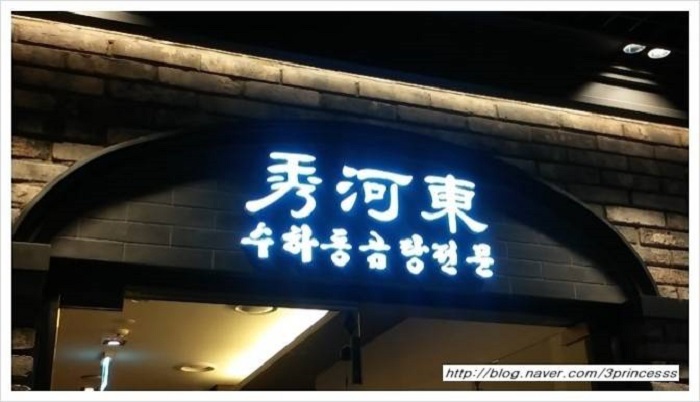
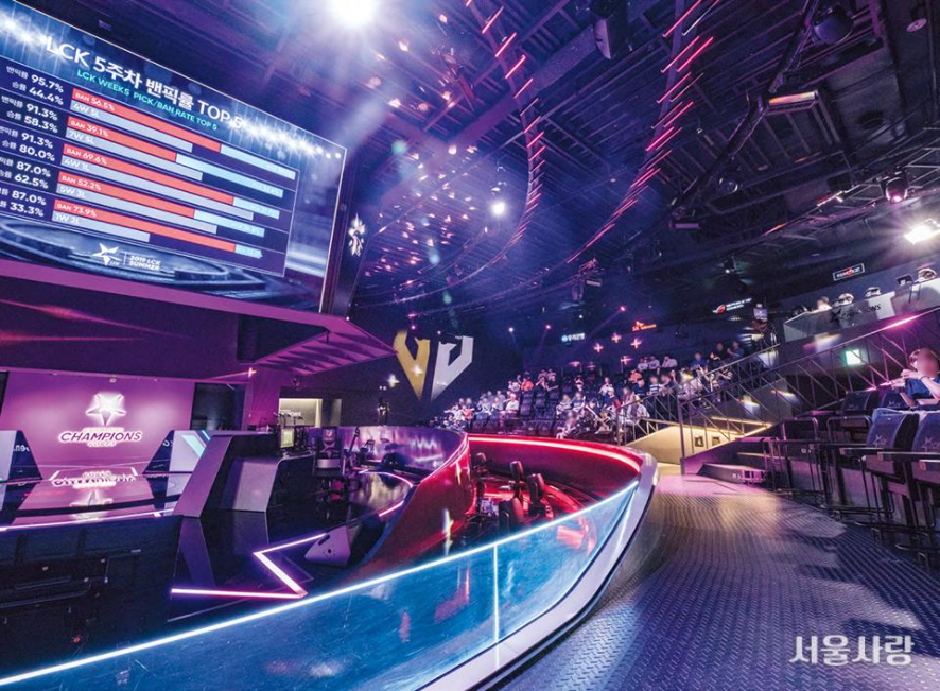
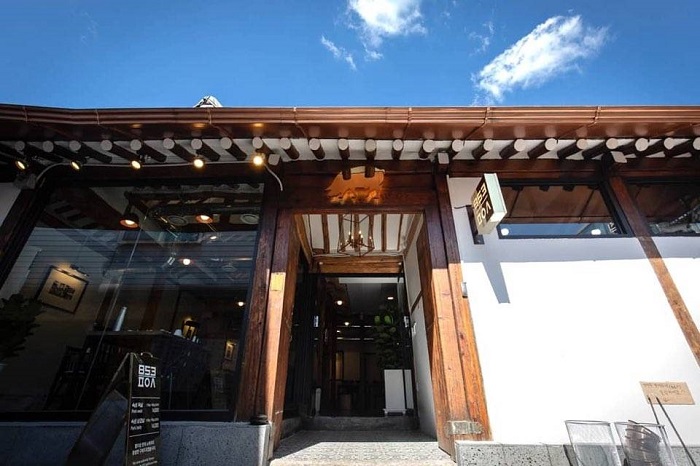
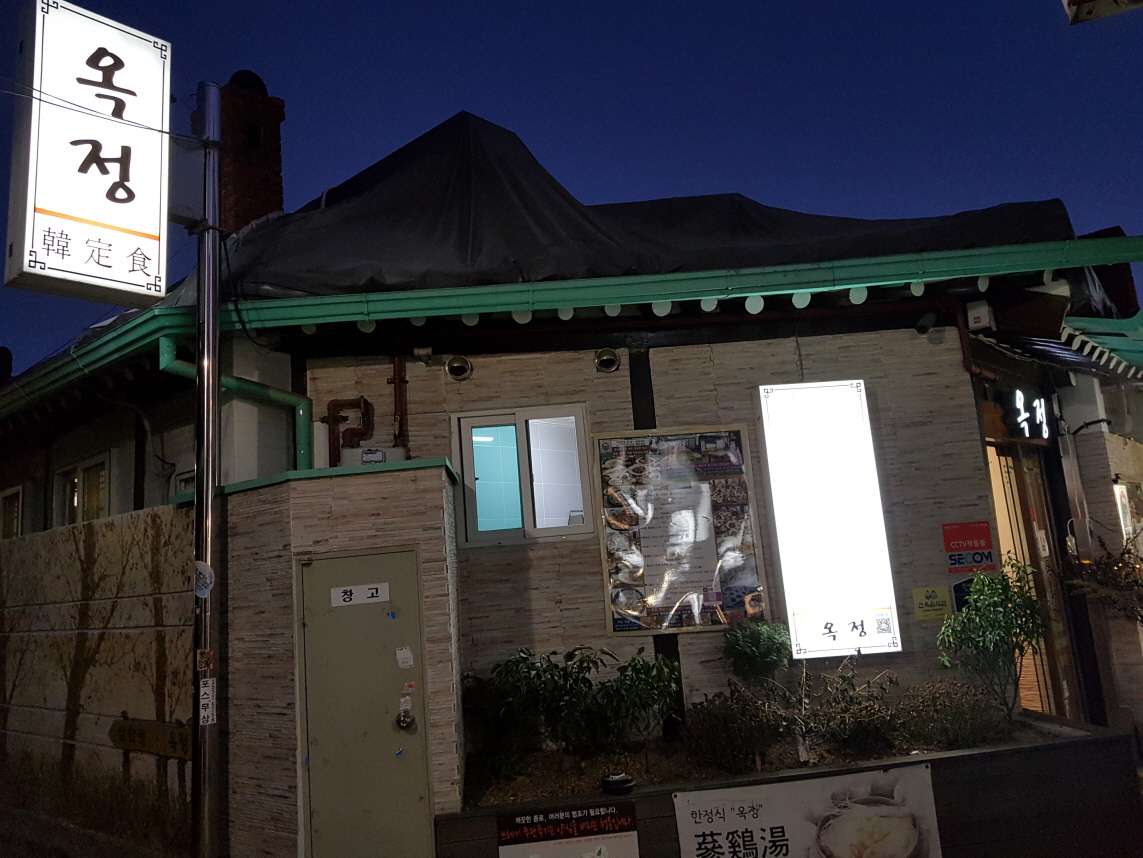

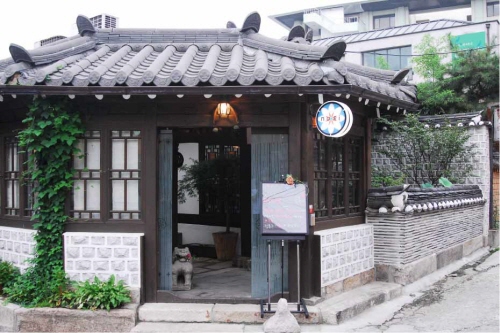
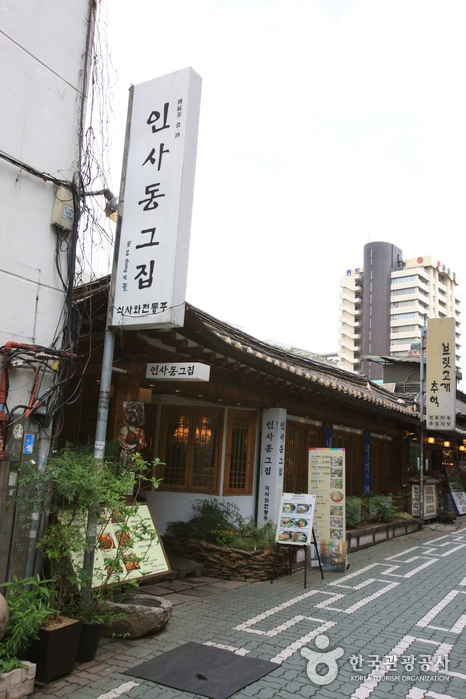
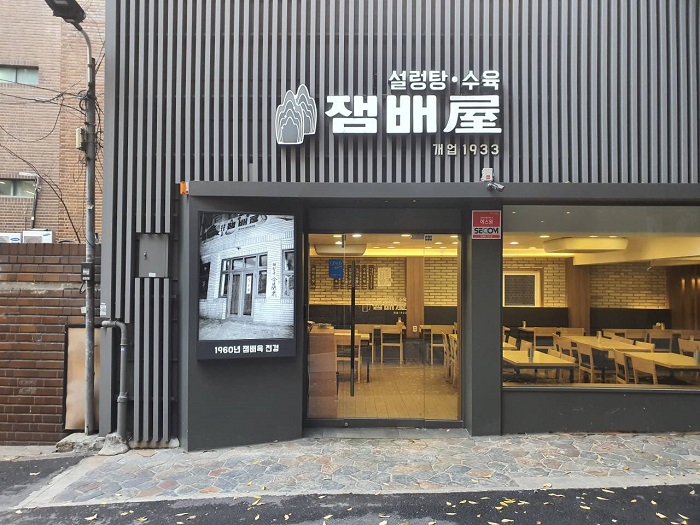
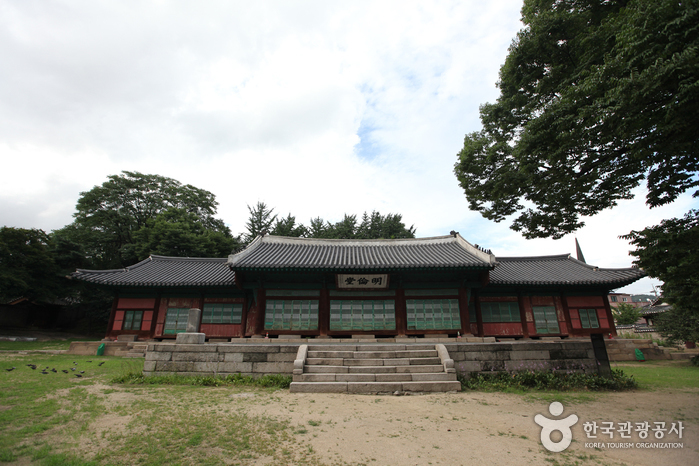
 Français
Français
 한국어
한국어 English
English 日本語
日本語 中文(简体)
中文(简体) Deutsch
Deutsch Español
Español Русский
Русский